I just realized I haven't said anything about what today's post is about and instead I've been going off point, I'm sorry I just had to let you guys know how amazing this community has been for me, you know the other day I was reading about something here which was entirely new to me, it’s about….oh wait I'm going off point again, let's just get to it then else I'd make this post about the wonders of steemit.
Okay here we go, recently I wrote something about a sea creature with incredible abilities, the immortal jellyfish, today I'd be talking about another sea creature with incredible abilities, you know I feel like even when I'm trying not to write about water, I still find myself writing about something in water (what a conundrum). Now I freely admit that this creature doesn't come close to the immortal jellyfish, ability wise, nothing beats immortality after all, it does however have some pretty neat tricks up its sleeve, so like you did during the immortal jelly's post, sit back, relax and chill with some popcorn while I talk about the Pearl Oysters.
The Queen of Gems
Long referred to as the Queen of gems, pearls have been around for thousands of years even before the documentation of history began and therefore the particular time of its discovery and whoever made said discovery is said to be unknown, the general consensus however is that they were discovered along seashore during man’s search for food.
Pearls comes in various colors, they are iridescent, lustrous and a thing of beauty, being the first rare gem discovered by humans, they’ve long been used as a form of adornment, so beautiful and precious were they that in ancient Rome, a law was passed by Julius Caesar restricting the use of these gems to only people considered to be highborn or of the royal family, the old British empire did the same, Egyptians would bury their dead with it, it’s been said that Cleopatra once dissolved a pearl in a wine of glass and drank it just to prove that she can eat the wealth of a nation in one meal (talk about a boss lady) , in Greece it is said to be a symbol of love and marriage. The use of pearls isn’t restricted to the old days though, as even in modern times its use is still prevalent amongst different culture while it is still quite expensive with it being sold for between $500 to $25000 at times depending on its quality, in 2014 a pair of pearl earrings once owned by Empress Eugenie of France was sold at an auction for 3.3 million dollars setting a world record in the process, however, unlike other gems such as diamonds, ruby, sapphire which are gotten through a more physical process such as mining, pearls are produced through a more biological means by a specie of oysters known as the pearl oysters, they are either produced by these oysters naturally or through human intervention through a process known as Pearl culture, this would be further discussed as we move on.
The pearl producing oysters
Pearl oysters are a special specie of salt water oysters, they belong to the phylum mollusca, class bivalva, order pterioida, family pteriidae and genus pinctada ref , they are not to be confused with the edible oysters, those belong to the superfamily ostreoidea ref , pearl oysters can be actually be found in almost all the continents but the bulk of it is found and farmed in the indo-pacific region, the majority of oysters in the genus pinctada are known to produce some type of pearls but not all of them produce pearls that can be said to be of high quality and significant commercial value however some species of the genus pinctada are known to produce pearls of high quality and significant commercial value, some of these species includes, pinctada fucata (Akoya pearl oyster), pinctada maxima (White lip oyster, Gold lip oyster), pinctada margaritifera (Black lip oysters), and pinctada radiata (Gulf pearl oysters). So how do these oysters produce these rare gems?
The Biology of the Pinctada and the production of pearls
To understand how pearls are produced by an oyster, we need to first understand what makes up an oyster or at least the part it uses in the production of pearls.
As previously mentioned pearl oysters are from the class bivalva, and phylum mollusca, put those together, say it in English and what you have is bivalve mollusc, and what this means is that they have two valves or shells which are connected in an hinge-like manner which can be opened and closed just like a door, it’s got also a foot, pairs of gills and a byssal gland, the foot is shaped like a tongue found between the shells and it is what provides mobility for the oyster as it is capable of contraction and retraction, the gills are used in both respiration and it helps them feed while the byssal gland is located at the end of the foot, byssal thread or fibres are secreted by the byssal gland and this helps the oyster attach itself to a hard substrate as this is where they spend most of their time.
In the production of pearls, the most important body part of the pearl oyster is the shell so let’s talk about that. The pearl oyster shell is made up of three layers, the first layer is known as the periostracal layer, it is made up of a thin coat of periostracum, the middle layer is known as the prismatic layer, and this layer is made of polygonal prisms of calcite, and then we have the final and inner layer of nacre, more commonly called the mother of pearls, this layer is produced by the epithelial cells which are found in the mantle tissue at the hinge of the shells, the nacre is made up of conchiolin (which is a tough and insoluble protein) mixed with thin sheets of aragonite crystals which is a form of calcium carbonates, the protein conchiolin is the glue that holds it all together, due to the way the aragonites crystals arranged in an hexagonal structure and the way it’s held together by the conchiolin, the nacre has a high resistance to crushing forces, a high tensile strenght and plasticity and these properties gives it the ability to protect the soft tissues of the oyster from predators.
The nacre plays the most vital role in the production of pearls, it gives the pearls its luster look, the layers of nacre are quite thin, translucent and reflects light and since pearls are made directly by the nacre, the more layer of nacre used in making the pearls, the finer the luster on the pearls and that is why pearls might seem to glow from within, because really, they do. So how does the nacre form pearls?
Natural and cultured pearls
Pearls are formed in pearl oysters when an irritant such as a parasite or a piece of organic material finds its way into the soft tissue of its mantle, the oyster reacts to this intrusion by employing its defense mechanism which involves the oyster forming a sac of external mantle tissue cell and then coating the intruder concentrically with its nacre, without this process the oyster would die from the intrusion, so the oysters protects its tissue by continuously coating the intruder with nacre for as long the intruder remains inside it.
Natural pearls are formed in this manner when an intruder accidentally finds its way into the oyster’s mantle, natural pearls are quite rare as the chances of finding one in a pearl oyster is about 1 in 2000 and it involves people diving deep into the ocean at about 100ft down, which is dangerous and still, there’s a very good chance you’d come up empty handed.
Did you know?
For many years and also even today, many people believe that natural pearls are created when oysters rise to the surface of water during dawn and collect dew drops in their opened shells, that later turns into pearls. Then from 15th till 17th century, people believed that pearls were nothing but oysters’ eggs. It was only during the 18th century that pearls were known to be created because of the intrusion of a parasite into the oyster. Source
The difficulties and rarity involved in finding natural pearls led to high values of natural pearls but with time, researchers have developed a way that makes people have more control over the production of pearls and this method is known as pearl culture.
Pearl culture is a process whereby an oyster produces pearls not by chance but instead through human intervention, the procedure involves introducing the irritant into the oyster’s mantle through a process known as Grafting or Nucleating, this process involves making a small incision into the body of the oyster, then a mantle tissue from another donor oyster is placed into the opening made, a small round piece of bead or shell made from a nacre which acts as a nucleus is then placed beside the mantle tissue in the opening, after a while, the cells from the mantle tissues forms a sac around the bead and coats it with nacre and starts to form the pearl, the oysters are then returned into the water where they are cared for and monitored between 8 months to 2 years before the pearls are finally harvested.
To get pearls of high quality from this method, certain things must be put in place for the oysters, environmental factors such as the water temperature, depth, salinity must be favorable, pollution in the water must be kept at the minimum level, as organic pollutant would compete with the oysters for food, water currents must also be favorable for the growth and development of the oysters to increase their productivity. You can read more on pearl culture here.
The living filtration system
Now that we’ve gotten the production of pearls out the way, let’s talk about another incredible ability of pearl oysters, how it helps clean our water bodies.
Just as the most important body part of the pearl oyster in production of pearls is its shell, the most important body part of the pearl oyster in water filtration is its gills. The gills of pearl oysters and most bivalve molluscs are very large, larger than what is required for respiration, so of course they serve more than one purpose, earlier I mentioned that not only do they use the gills for respiration but they also use it for feeding, pearl oysters are what is known as filter feeders, a group of aquatic animals that employs a method known as filter feeding, a process whereby food particles are randomly strained from water. Pearl oysters gills helps them in this process, hairlike thread called cilia on the gills helps produce water current over the gills while food particles gets trapped on the gills allowing the pearl oyster to feed without stress, the pearl oysters feeds on phytoplankton and algae in the water system, during this process one oyster can filter up to 50 gallons of water daily.
Hold up!! Hold up!! Hold up!! Didn’t you use to be a dude?
This last piece of information I’d like to share about the pearl oyster is a bit strange to me, even stranger to me is the fact that just like filter feeding, not only does this phenomenon occur in pearl oysters alone, it occurs in all other species of oysters and a bunch of sea creatures as well, the clownfish, angelfish, parrotfish, sea stars such as the cushion star (weird names for weird creatures) all possess this ability which makes me conclude that sea creatures are the weirdest of the bunch.
The ability or phenomenon that I’m talking about is called protandric hermaphroditism; pearl oysters are protandric hermaphrodites in nature, what this means is that they can’t really be classified as either male or female. Oysters in general begins their life when at a water temperature of about 68 degrees Fahrenheit, a male oyster releases sperm into water bodies, triggering other males in the surrounding in the process and they in turn release sperm too, the females in the area then releases eggs for fertilization, the fertilized eggs later becomes a free floating larvae before attaching itself to a hard substrate in water where it develops into an adult oyster and then starts the cycle again.
The catch however is that, the adult oyster at any time during its development is equipped with both the male and female reproductive organs, it spends its first year as a male and after the first spawning season where it releases sperm, it conserves energy for 2-3 years and then changes into female then starts releasing eggs instead, the time spent conserving energy is used in developing its female organs as it is said that more energy is expended in releasing eggs than that spent releasing sperm, the oyster can also change back into a male after spending time as a female, such changes is said to occur as a result of stress.
Sex changes without undergoing any kind of surgery, I bet you know a few people who would like to possess such ability, they’d probably read this and say “lucky oysters” instead I’d say “weird oysters”.
Thanks for reading.
References
- A Brief History of Pearls
- The History of Pearls: one of nature's greatest miracle
- Pearls
- What Makes a Pearl a Pearl
- The Basic Methods of Pearl Farming.
- The Biology and Culture of Pearl Oysters
- Protandric Hermaproditism
If you write STEM (Science, Technology, Engineering, and Mathematics) related posts, consider joining #steemSTEM on steemit chat or discord here. If you are from Nigeria, you may want to include the #stemng tag in your post. You can visit this blog by @stemng for more details.

discord
. We anticipate your arrival.I'm a proud member of @promo-mentors where you get mentored and guided on how to make quality posts on steemit amongst other benefits. Do join us on
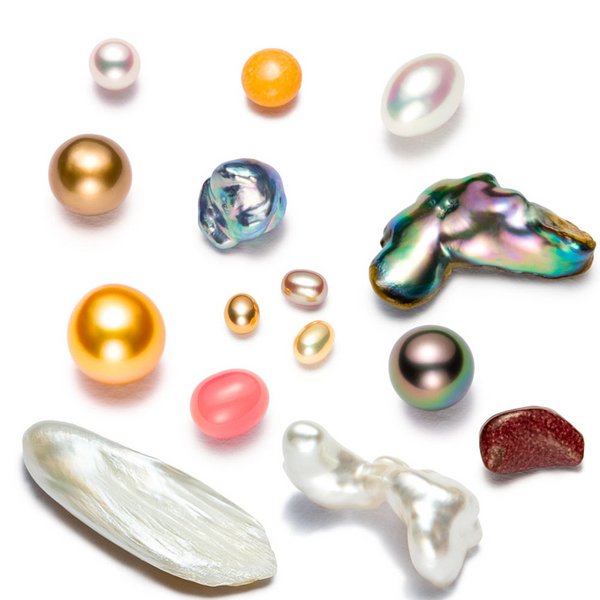
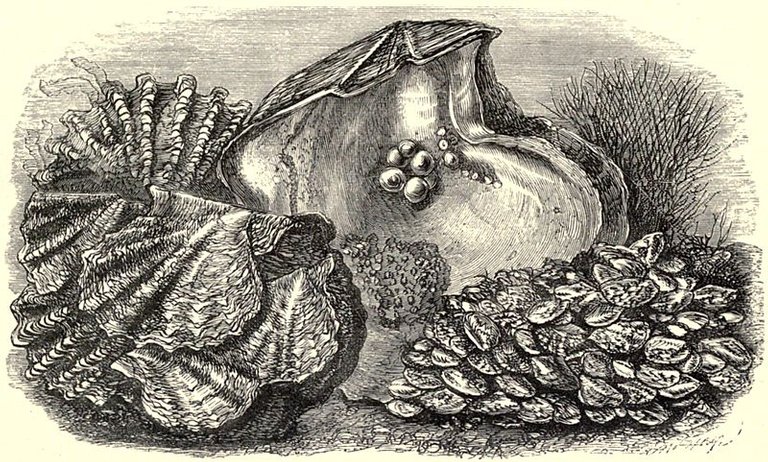
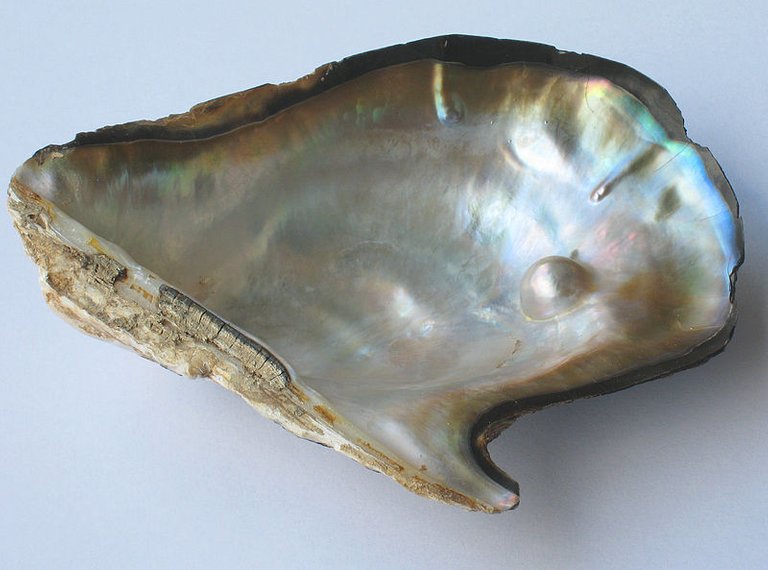
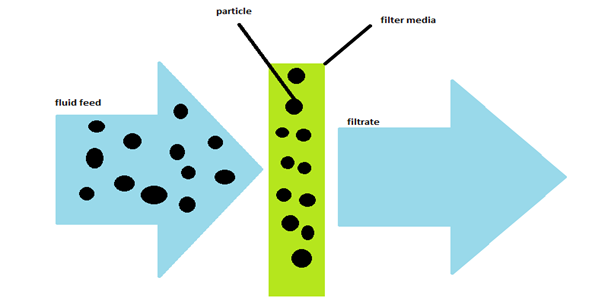
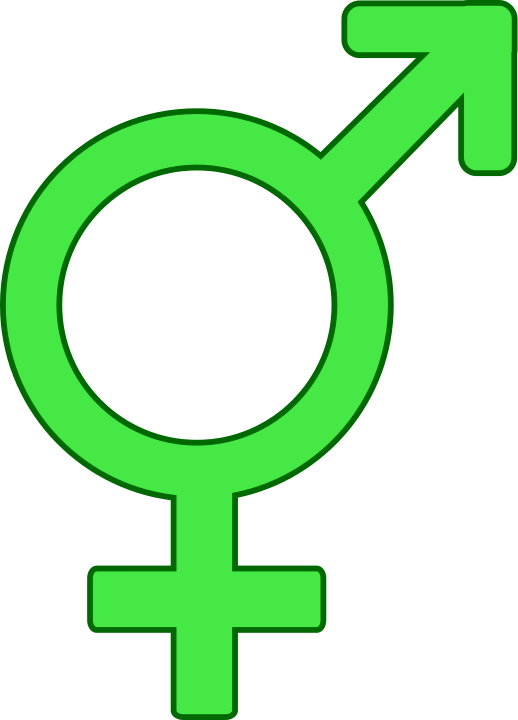
This is definitely one of the awesome and surprising work of God.
It really is...thanks for dropping by
Protandric Hermaphroditism
Talk about being transgender in the coolest way. This is a really wonderful piece to educate us all about those remarkable rock looking creatures.
If the price of one pearl hits the summits, I'll be having an oyster as a pet soon😁. Great work, brother 💪
Thats funny😁😁, thanks for being here
This post has been voted on by the steemstem curation team and voting trail.
There is more to SteemSTEM than just writing posts, check here for some more tips on being a community member. You can also join our discord here to get to know the rest of the community!
Hi @thurllanie!
Your post was upvoted by utopian.io in cooperation with steemstem - supporting knowledge, innovation and technological advancement on the Steem Blockchain.
Contribute to Open Source with utopian.io
Learn how to contribute on our website and join the new open source economy.
Want to chat? Join the Utopian Community on Discord https://discord.gg/h52nFrV